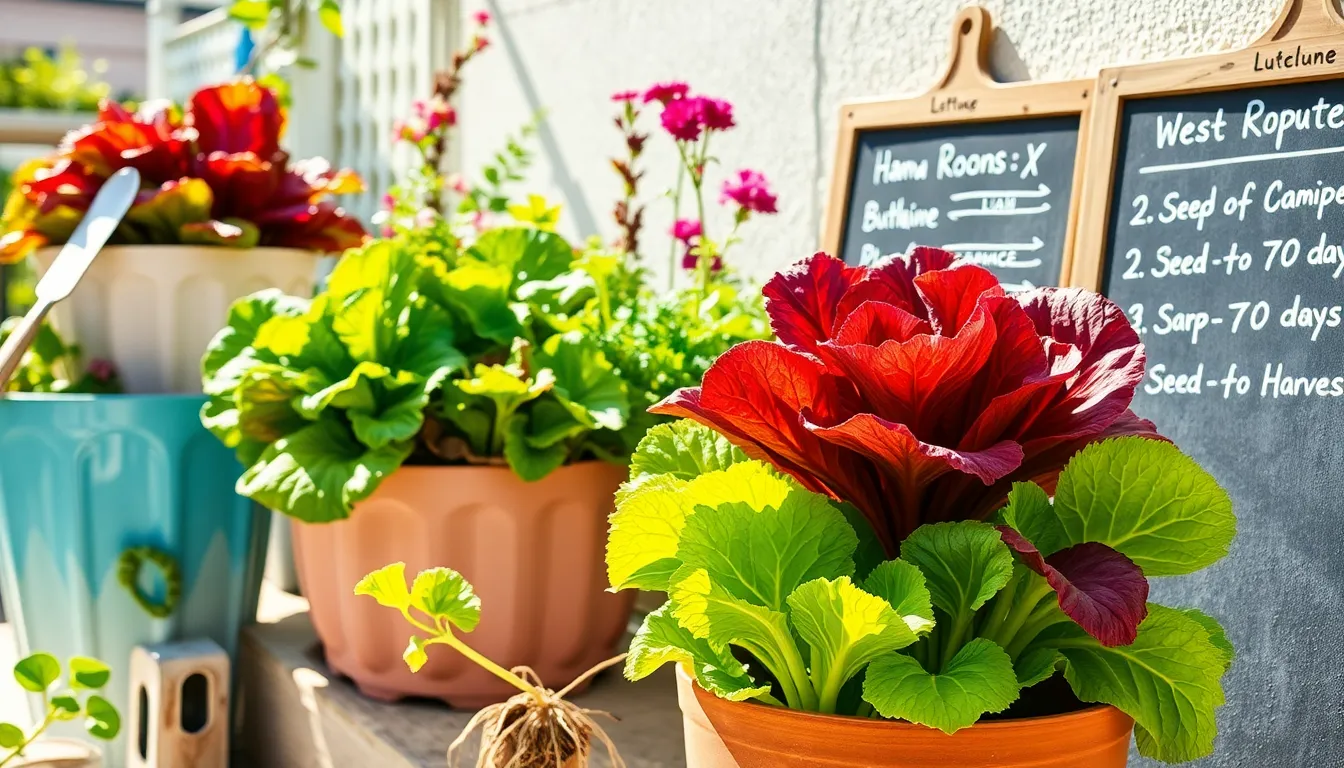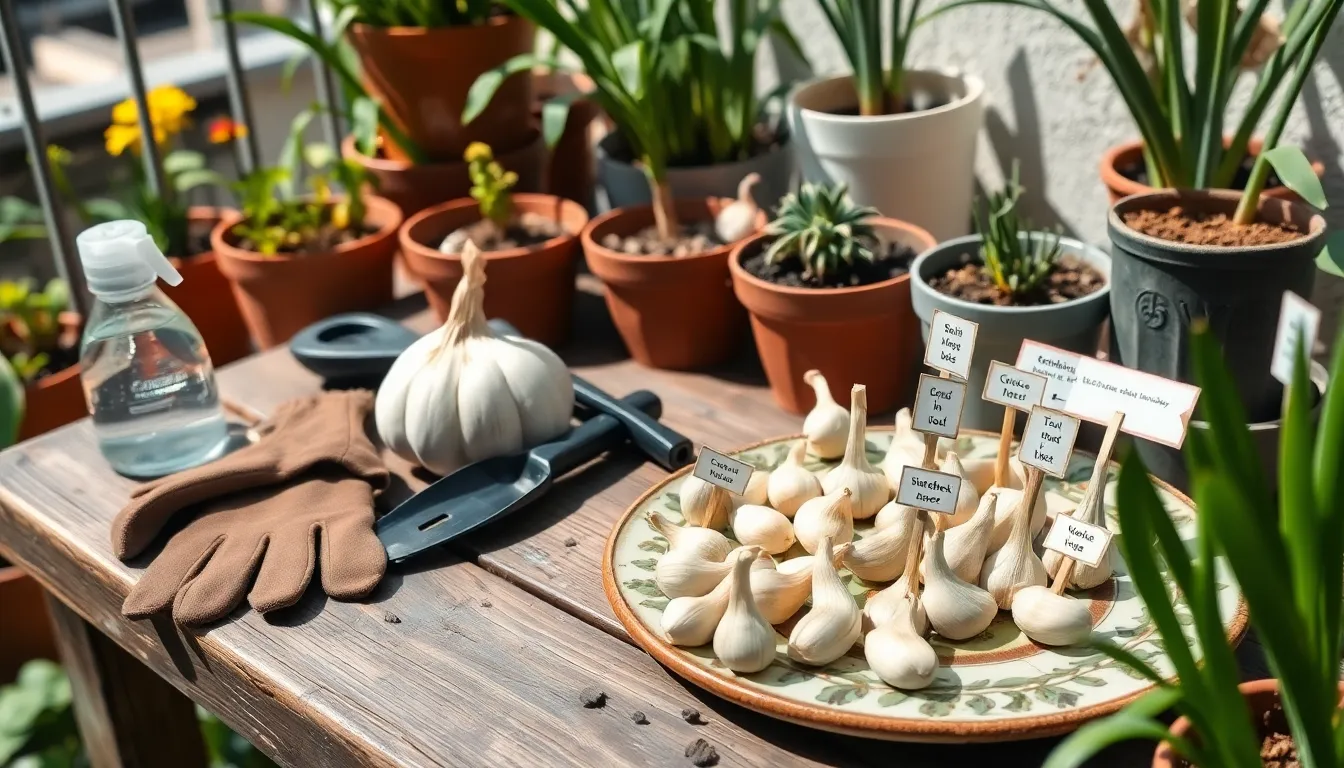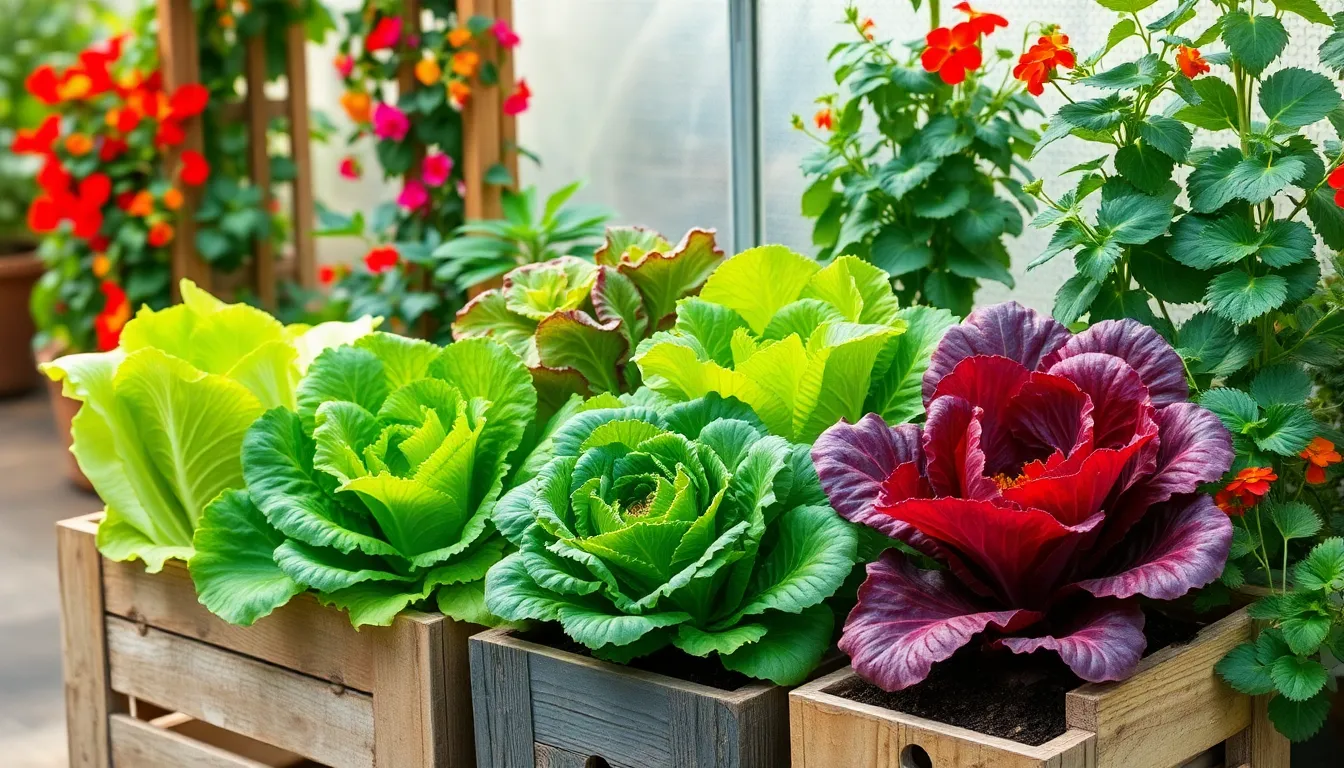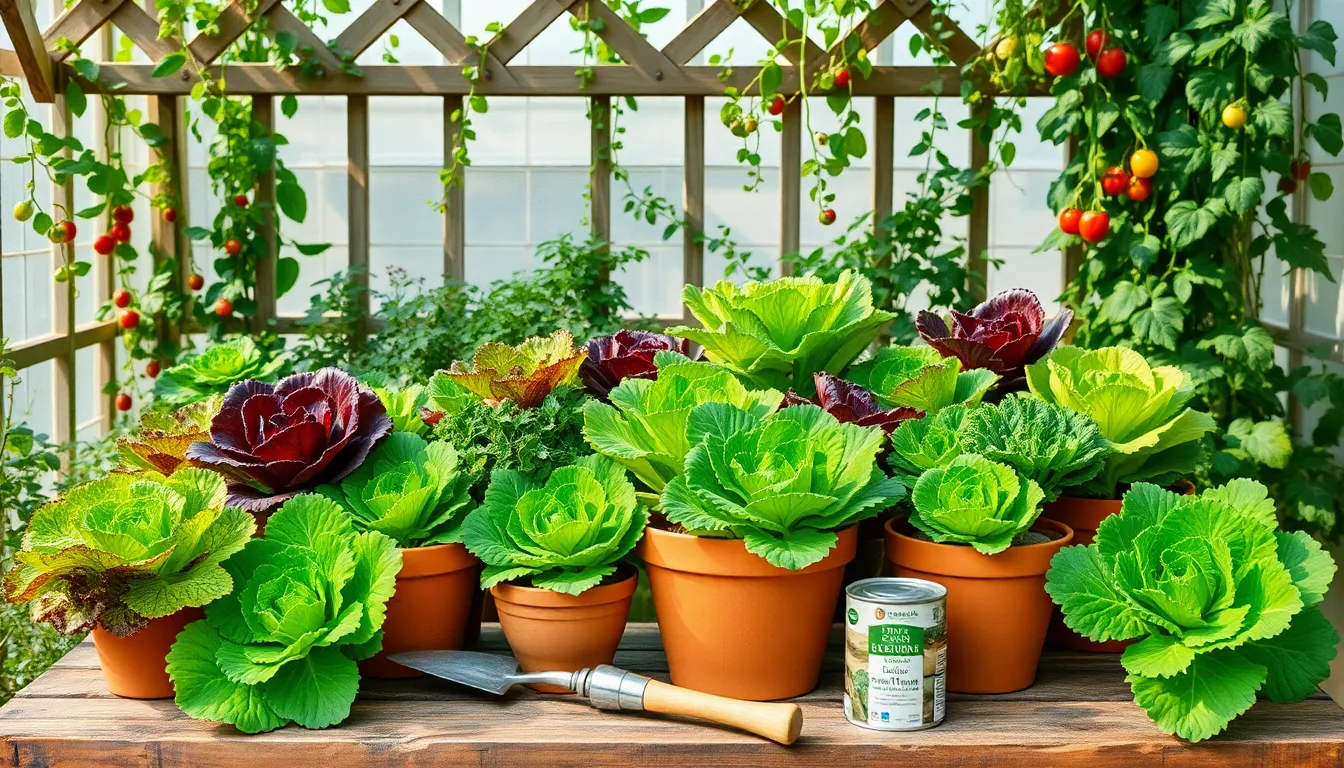In the bustling rhythm of modern life, there’s something remarkably fulfilling about growing your own food, even if it’s a small batch of leafy greens on your windowsill. Whether you’re just starting out or have a seasoned green thumb, cultivating lettuce in containers is a delightful endeavor that brings fresh, crisp rewards right to your table. This compact guide will walk you through the journey of growing lettuce in containers, a practice that combines convenience with the joy of nurturing life.
Lettuce, with its diverse varieties and rapid growth, is perfect for container gardening, making it an ideal choice for both urban dwellers and those looking to maximize their garden space. Understanding the timeline and conditions for growing lettuce is crucial for achieving a bountiful harvest that’s as satisfying to grow as it is to eat. From seed selection to harvest, you’ll discover the intricacies of each stage, ensuring a plentiful supply of this versatile vegetable.
For those who are curious about just how long it takes to see results, rest assured that lettuce is one of the quickest crops to thrive, often ready for harvest in a matter of weeks. Throughout this article, you’ll gain insights into the ideal conditions for growth, the nuances of caring for your plants, and practical tips to overcome common challenges. Let’s dive into the world of container-grown lettuce and uncover the secrets to a successful harvest, right from the comfort of your home.
Choosing Ideal Lettuce Varieties
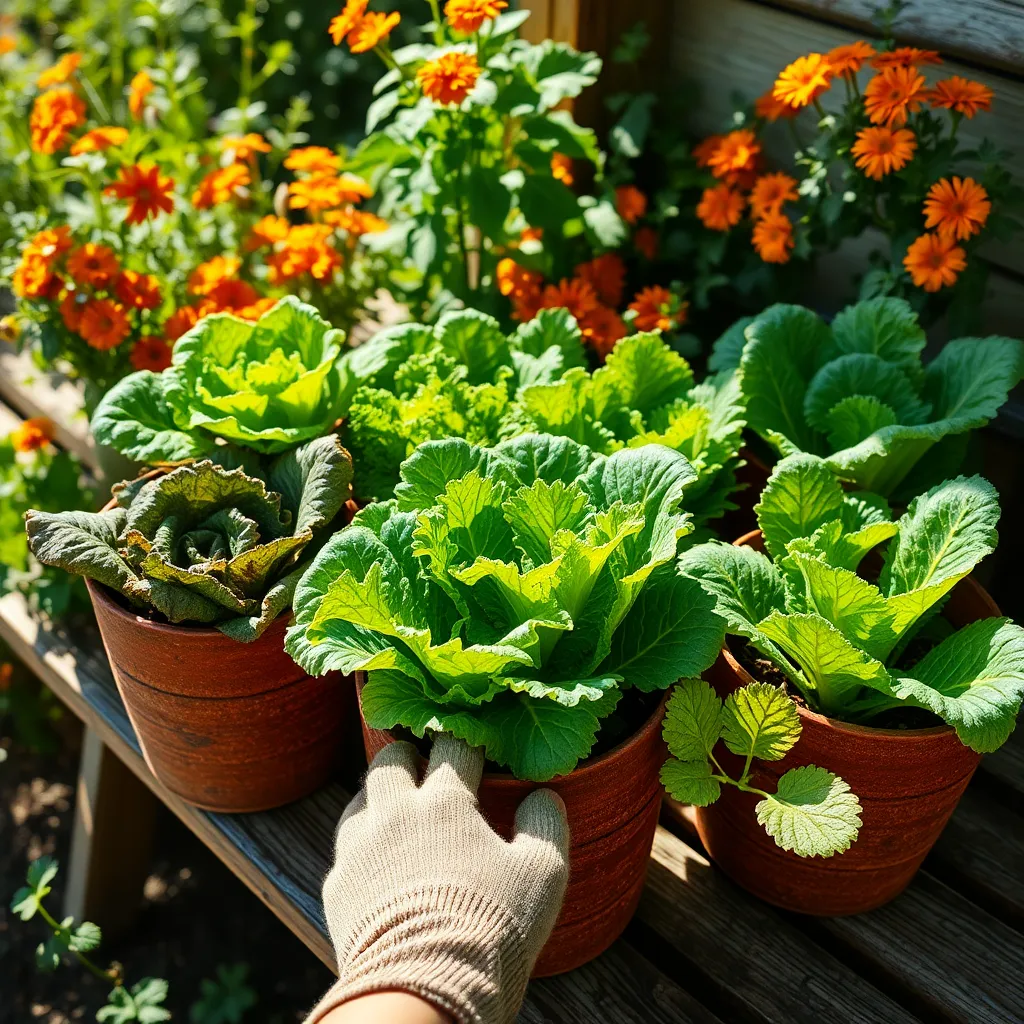
Choosing the right lettuce variety is crucial for successful container gardening. Some popular types for containers include loose-leaf, butterhead, and romaine, all of which adapt well to confined spaces.
Loose-leaf varieties like ‘Black Seeded Simpson’ grow quickly and can be harvested repeatedly, making them ideal for beginners. For a slightly more flavorful option, try butterhead varieties such as ‘Buttercrunch’, which thrive in cooler temperatures.
Romaine varieties, such as ‘Parris Island Cos’, offer a crunchy texture and can be grown in deeper containers. When selecting your lettuce, consider a mix of varieties to enjoy a diverse range of flavors and textures.
Ensure your container has adequate drainage and is filled with nutrient-rich potting soil. Lettuce prefers consistent moisture, so consider using a self-watering container or adding a layer of mulch to retain moisture.
To keep your lettuce healthy and productive, water it regularly—about once or twice a week, depending on your climate and container size. For more experienced gardeners, try succession planting every two weeks to ensure a continuous harvest throughout the season.
Container Selection for Optimal Growth
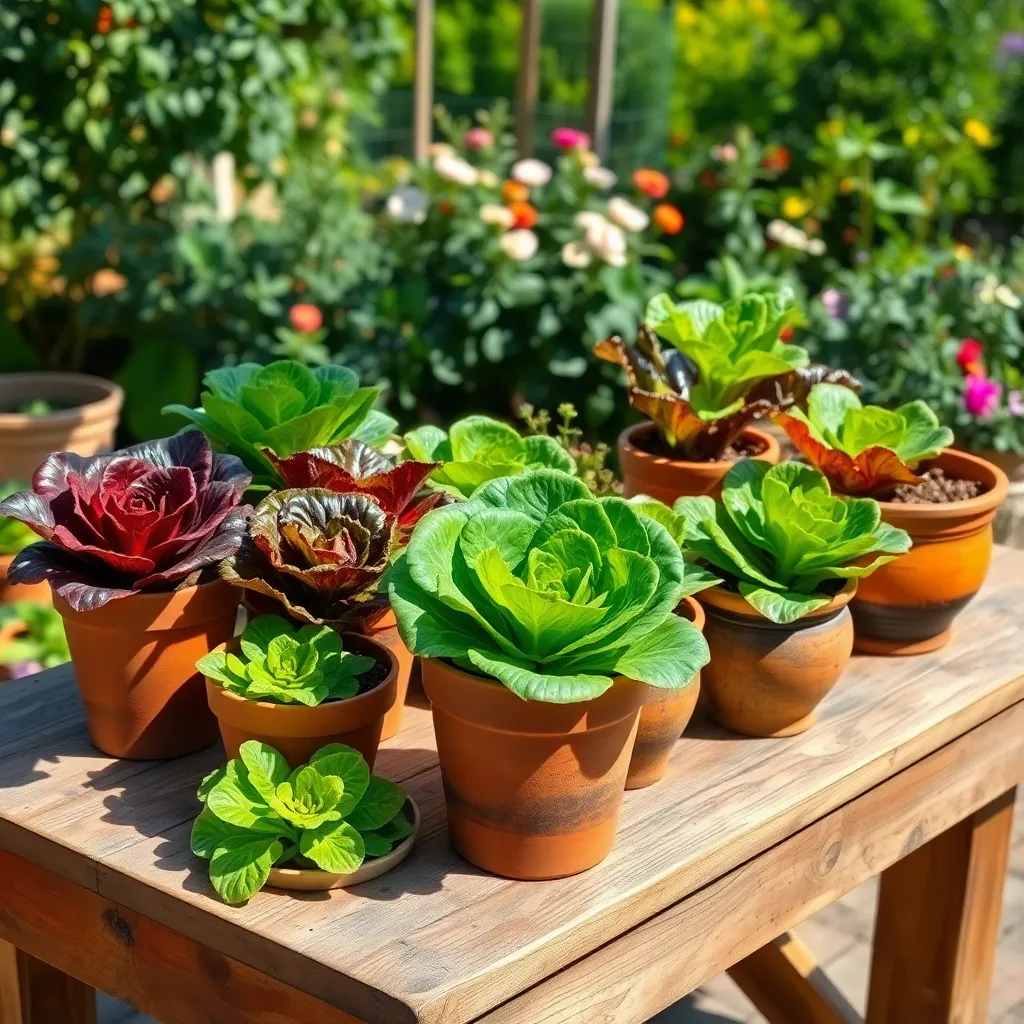
When growing lettuce in containers, selecting the right pot is crucial for success. Aim for a container that is at least 6 to 12 inches deep to accommodate the roots and ensure ample growth space.
Drainage is a key factor to consider when choosing a container. Ensure your pot has sufficient drainage holes at the bottom to prevent waterlogging, which can lead to root rot.
Material choice can also impact plant growth. While plastic containers are lightweight and retain moisture well, clay pots provide better aeration but can dry out faster, so choose based on your watering habits.
For a touch of sophistication, consider using self-watering containers. These are particularly beneficial for beginners or those with busy schedules, as they help maintain consistent soil moisture levels.
Another advanced tip is to use a container with a light-reflective surface. This can help increase light exposure for your lettuce, especially if you’re growing indoors or in a partially shaded area.
Soil Mix for Fast Growth

For fast-growing lettuce in containers, choosing the right soil mix is crucial. A well-draining, nutrient-rich soil ensures that your lettuce thrives and reaches maturity quickly.
Begin with a base of high-quality potting mix, which is generally light and airy, allowing roots to expand easily. To enhance drainage and aeration, consider adding perlite or coarse sand to your mix.
Incorporating organic matter, such as compost, can significantly boost the nutrient content of your soil. This addition provides essential nutrients that promote vigorous growth and improve soil structure.
For those looking to give their lettuce an extra edge, mix in a slow-release granular fertilizer. This type of fertilizer ensures a steady supply of nutrients over time, keeping your lettuce well-fed throughout its growth cycle.
Watering and Light Requirements

Proper watering is crucial for successfully growing lettuce in containers. Lettuce prefers consistently moist soil, so it is important to water regularly without allowing the soil to become waterlogged.
An excellent way to ensure adequate moisture is to check the top inch of soil daily. If it feels dry to the touch, it’s time to water your plants.
Utilizing a drip irrigation system can be particularly effective for maintaining consistent moisture levels. This method allows for precise control over the amount of water each plant receives, reducing the risk of overwatering.
In terms of lighting, lettuce requires ample sunlight to thrive. Ideally, place your containers in a location that receives at least 6 hours of direct sunlight daily.
For those growing lettuce indoors or in areas with limited natural light, consider using grow lights. Full-spectrum LED grow lights can supplement natural sunlight, ensuring your lettuce receives the necessary light for healthy growth.
Adjusting the height of your grow lights as the plants develop can help prevent leggy growth. Keep the lights approximately 6 inches above the plants for optimal results.
Expected Harvest Timeline
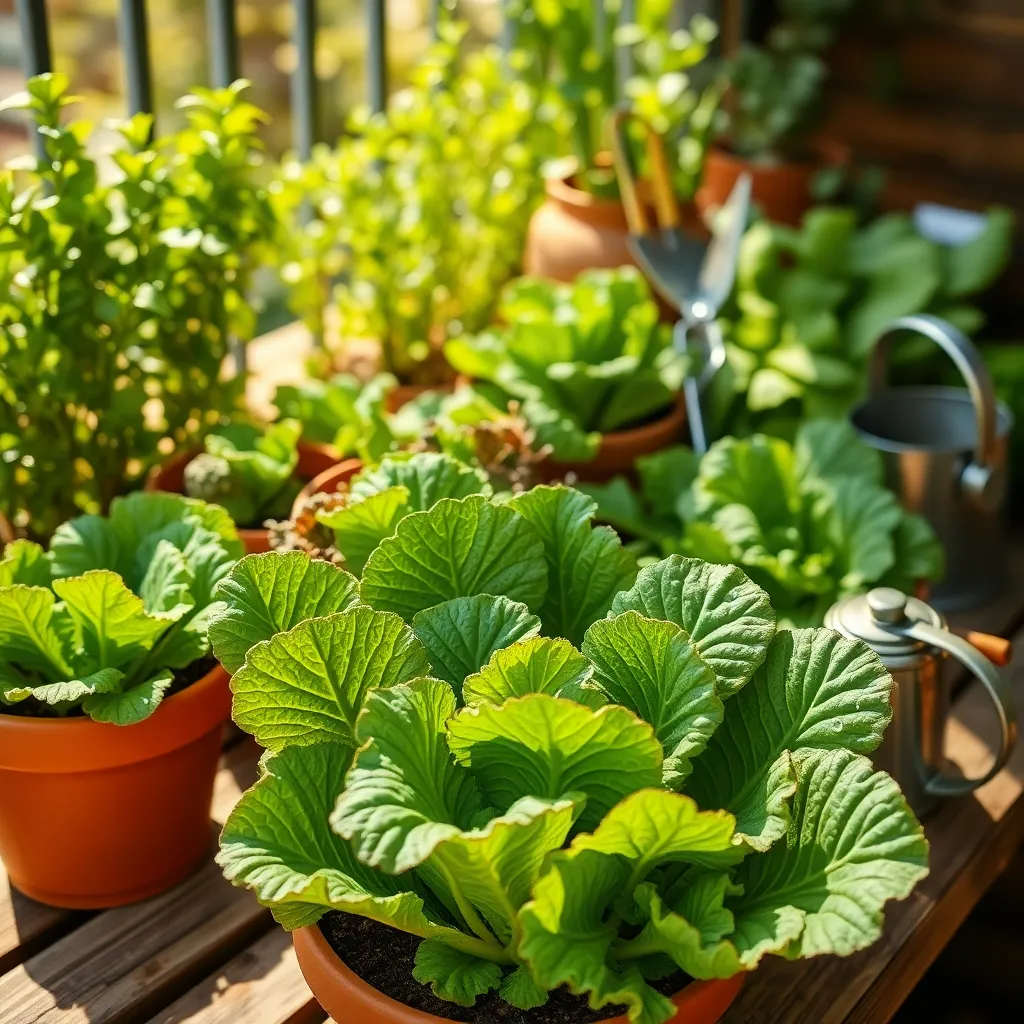
Lettuce is a fast-growing crop, making it an excellent choice for container gardening. Typically, you can expect to achieve a harvest within 30 to 45 days after sowing the seeds, depending on the variety and growing conditions.
For a continuous supply of fresh leaves, consider planting lettuce seeds in succession. This means sowing a new batch of seeds every two weeks, which will extend your harvest period and ensure a steady supply of fresh greens.
Choosing the right container is crucial for growing healthy lettuce. Opt for containers that are at least 6 inches deep and have adequate drainage holes to prevent waterlogging, which can lead to root rot.
Advanced gardeners might experiment with different lettuce varieties to stagger harvest times. Varieties such as ‘Butterhead’ and ‘Romaine’ can take slightly longer to mature but offer diverse textures and flavors.
During the growing phase, check your lettuce plants daily to ensure they’re not getting overcrowded. Thinning seedlings to about 4 inches apart will help each plant access sufficient nutrients and sunlight, promoting healthier growth.
To encourage tender, sweet leaves, maintain consistent moisture levels in the soil. A simple soil moisture meter can be a valuable tool to prevent over or under-watering, which is crucial for maintaining the quality of your lettuce.
Conclusion: Growing Success with These Plants
As we’ve explored the journey of growing lettuce in containers, we’ve uncovered five key relationship concepts that mirror this nurturing process. First, the importance of patience in allowing growth to unfold naturally. Second, the value of consistent care and attention to our partners, akin to watering our plants. Third, the need to create a supportive environment that fosters healthy development. Fourth, recognizing the signs of progress and celebrating small victories together. Lastly, understanding that every relationship, like each lettuce plant, grows at its own unique pace.
To cultivate these insights further, take a moment today to assess how you can apply these nurturing practices to your relationship. Start by setting aside time to connect with your partner, just as you would tend to your garden.
We encourage you to save or bookmark this article as a touchstone for your relationship journey. By revisiting these concepts, you can ensure that your relationship remains vibrant and fulfilling.
Looking forward, remember that relationships, like gardens, flourish with dedication and love. Embrace this growth mindset, and you’ll find that success in your relationship is well within reach. Your journey to a thriving partnership starts now!

